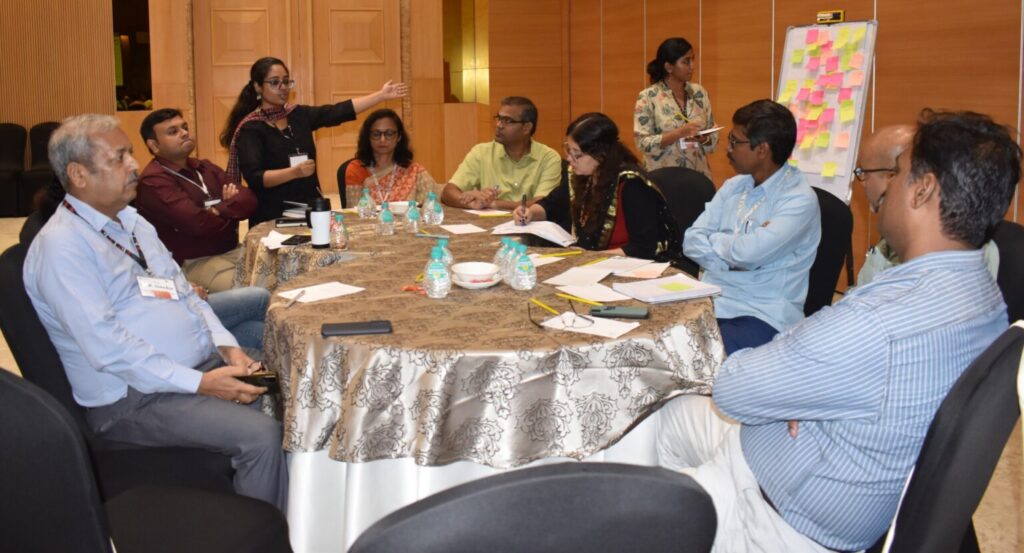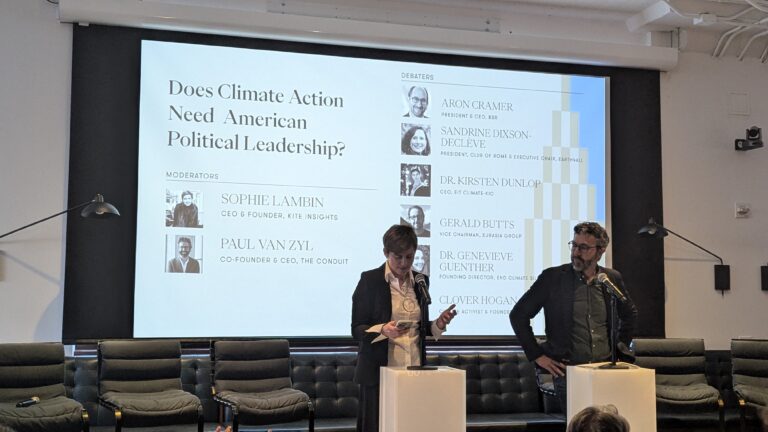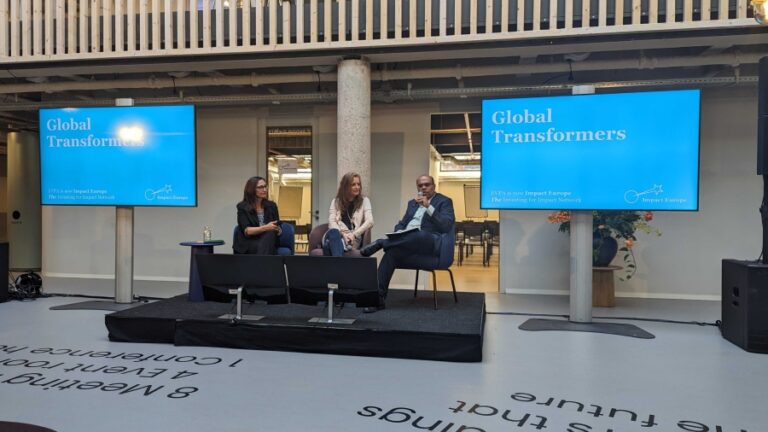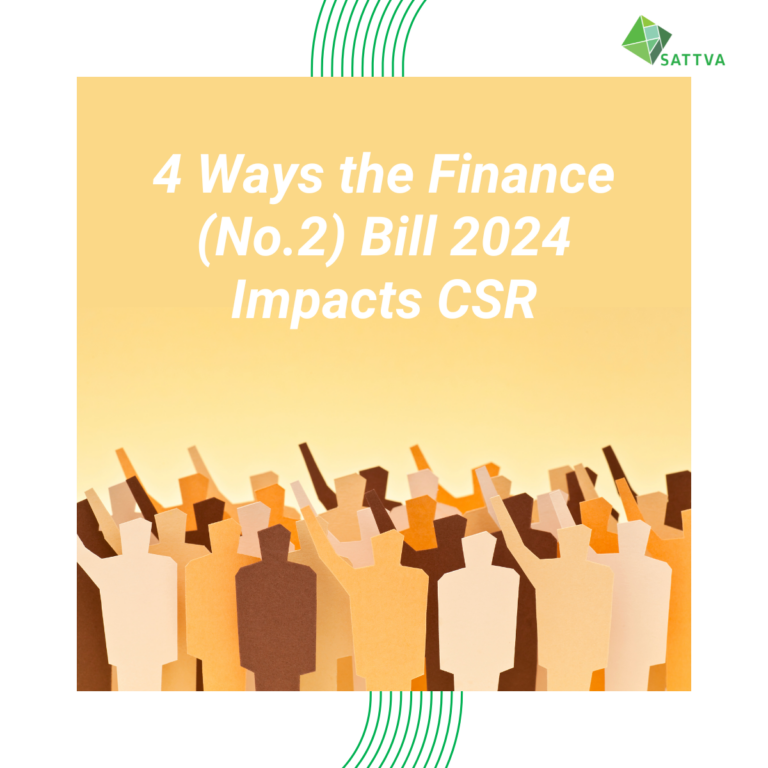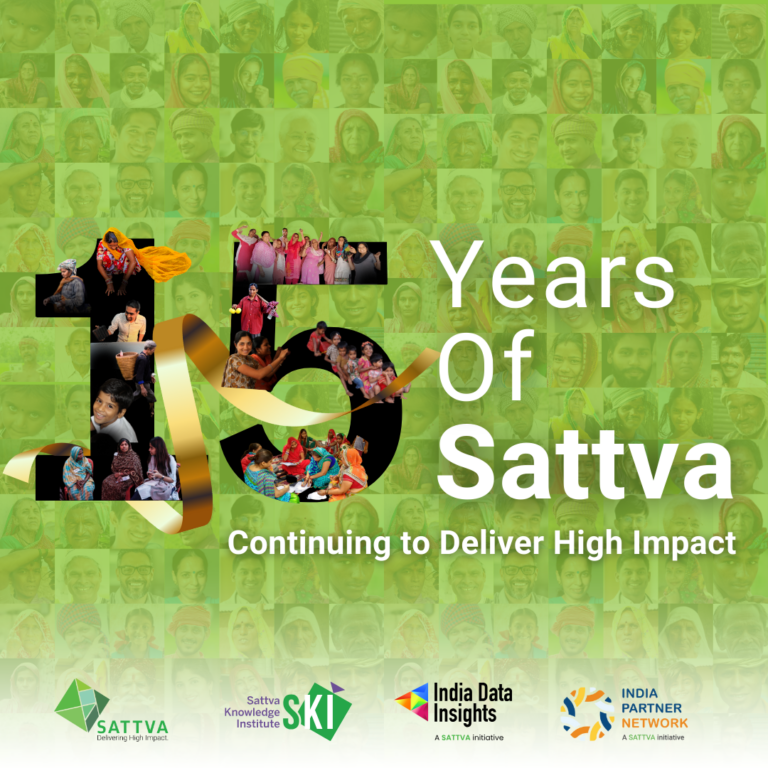By Harsha Jain, Hom Gartaula, Ranjitha Puskur, and Richa Shivhare
IRRI engaged various partners to develop a framework to identify common goals and deliver relevant solutions for rice farmers farmers across developing nations that bear the brunt of climate change. (Photo: IRRI India)
For some time now, development practitioners and researchers have been designing and implementing bundles of interventions in programs while addressing complex challenges. However, very few efforts have been made to systematically document how this is done, what is done, and what results have been reached, especially their influence on the empowerment and resilience of women in agriculture.
The International Rice Research Institute (IRRI), as a part of the CGIAR Gender Equality Initiative, embarked on an activity that not only designs and pilots context-specific Socio-Technical Innovation Bundles (STIBs) for women’s empowerment and climate resilience but also meticulously document the process to start filling this gap and be able to influence research, policy, and development practice.
It was clear from the beginning that such a process would require a diverse group of partners, including agriculture, livestock, gender experts, and implementation experts with a deep understanding of the local context. The initiative prioritized engaging the partners to develop a shared vision and strong ownership of the goals and processes to ensure the group, with a rich and varying set of experiences and expertise, could work efficiently and effectively,
The process involved developing the Theory of Change (ToC) framework. Together with Sattva Consulting, IRRI engaged the partners to develop this framework and help this group identify common goals for the success of the pilot and co-create pathways to achieve them.
The need for social-technical innovation bundles
Rice farmers across developing nations bear the brunt of extreme weather conditions like drought, floods, salinity, and cyclones. As climate change challenges become increasingly frequent, farmers constantly see decreased yields, resulting in income losses. Farmers are giving up and shifting to greener pastures. Men often migrate to urban areas, leaving behind the women in the household to take care of the farm and the household.
In the case of agri-food systems, while many technologies have been developed to support climate-change adaptation, these may not be popular among farmers, especially smallholders and women.
Women and smallholder farmers may have limited access to these technologies due to inaccessibility to information and constraints related to social and gender norms.
The Her+ Project, implemented by IRRI as part of the CGIAR’s Gender Equality Initiative, aims to pilot socio-technical bundles, especially for women and smallholder farmers, to empower them and build their resilience against climate change challenges.
Building a shared understanding
To ensure contextually relevant solutions, the initial phase focused on building a deep understanding of the initiative’s target regions—Balarampur and Makaltala Districts in South and North 24 Parganas, respectively, and Nuapada District in Odisha. The project involved conducting a situational analysis and hosting multiple workshops for various stakeholders.
Women farmers, researchers, supply chain actors, and NGOs with experience and expertise in women’s empowerment, livestock management, onion production, and climate change participated. The situational analysis provided valuable insights that fueled engaging discussions during the workshops. This led to identifying current challenges and brainstorming context-specific solutions (STIBs) to address them and served as a strong foundation for developing tailored ToCs for the different sites.
From ideas to action
Another workshop was organized to reflect on the findings from the situational analysis and subsequent brainstorming and identify innovations for the bundles.
The workshop brought together a diverse group – farmers, implementation partners, researchers, and representatives from non-government organizations. This transdisciplinary mix sparked a rich exchange of ideas, with participants meticulously examining all aspects of the STIBs design through various lenses.
Skilled facilitation and note-taking ensured all contributions were elicited and captured.
Beyond identifying potential interventions, the workshop also yielded valuable insights into anticipated outputs, outcomes, possible risks, and underlying assumptions. This collaborative process helped draft an early version of the ToC and allowed the project to identify the specific organizations and skills needed for successful implementation within each site.
Refining the roadmap
The journey from the first draft to the final version of the ToC was iterative, rigorous, and insightful. It involved constant reference to notes, extensive secondary research, and frequent alignment (virtual) meetings with the partners. Another workshop was organized to finalize the ToC, define the partners’ roles in implementation, and ensure a clear understanding of the objectives of such bundling and the ensuing processes.
The ToC and beyond
After seven months and multiple drafts, a functional version of the site-specific ToCs was ready. However, the process’s actual value extended far beyond these documents. By the end, it developed a sense of ownership and empowerment among partners, a key factor in ensuring a sustainable and effective implementation.
Through their intensive engagement and the co-creation process, partners defined the initiative’s vision and roadmap, fostering collaboration and clarifying roles and responsibilities as they move ahead.
By critically analyzing the potential outcomes of their actions, the partners were equipped with the skills to make strategic decisions on project design, resource allocation, and implementation plans.
The participatory nature of the process not only developed a strong sense of ownership among partners, making them more accountable for achieving results, but it also significantly strengthened their capacity to understand ToCs, critical thinking, and strategic planning.
The finalized ToCs and a detailed narrative document are now published and accessible at Nuapada Onion Learning Lab Theory of Change and West Bengal Livestock Learning Lab Theory of Change.
Key learnings
A rich experience such as this one is bound to have some lasting learning for all stakeholders involved:
- Collaborative goal setting: The ToC framework shines in multi-stakeholder initiatives by fostering a shared understanding of the desired outcomes. Stakeholders co-create the pathways, ensuring everyone is aligned and working towards the same vision.
- Harnessing diverse inputs: While discussions with multiple stakeholders can be intensive and time-consuming, they generate a treasure trove of ideas. Effective facilitation and thorough documentation are crucial in keeping conversations focused on the objective while capturing every valuable contribution.
- Good things take time: The complexity of initiatives with diverse themes and approaches necessitates thorough planning using frameworks such as the ToC. While this requires upfront investment in time and resources, it ultimately paves the way for achieving more sustainable comprehensive results.
Onto the next phase
A completed ToC smoothens the transition from design to implementation. It serves as a roadmap that defines the causal relationships between a project’s inputs, outputs, outcomes, and ultimate impact.
These connections, established based on evidence, experience, and extensive consultations, may still need adjustments as the program unfolds in the dynamic real world.
Therefore, monitoring project progress and revisiting and updating the ToC throughout the project cycle is key to enabling adaptive management.
We are organizing regular review meetings with the partners to track progress. Additionally, reflection workshops bring together women farmers, project partners, and on-field staff to share experiences and learn. These interactions help identify successes and areas for improvement and contribute to systematic reporting and documentation.
A final note for the reader
Clarity is paramount for all stakeholders in any project to achieve desired and lasting results. The ToC framework is a powerful tool for providing a shared vision and roadmap that guides everyone throughout the project lifecycle.
Its unique strength lies in being systematic and adaptable, allowing adjustments as uncertainties inevitably arise. The ToC framework is especially valuable for multi-stakeholder projects as it ensures everyone is on the same page and equipped to navigate the project journey successfully. In your next collaborative endeavor, do consider adopting the ToC framework.
This blog was originally published by IRRI.
Sattva has been working with various non-profits and social organisations as well as corporate clients to help them define their social impact goals. Our focus is to solve critical problems and find scalable solutions. We assist organisations in formulating their long-term social impact strategy by strategically aligning with business to provide meaningful solutions to social issues.
Write to us: impact@sattva.co.in
